Civil Engineering Archive
Types of rocks

There are three types of rocks such as Igneous Rocks Sedimentary Rocks Metamorphic Rocks Igneous Rocks Igneous rocks are formed by cooling of the molten magma known as lava from below the surface of the earth. Sometimes,
What is meant by bearing capacity soil

The loud of the is ultimately coming on the soil and hence it is of most important to know the strength and behavior of soil. the term bearing power or capacity of the soil is used to
Types of soils

The soil is classified as under Non – cohesive soils : They are made of the coarser particle. In the dry state, it possesses no plasticity and lacks any cohesion. Grival: These are weathered and disintegrated rocks
Compounds of superstructure
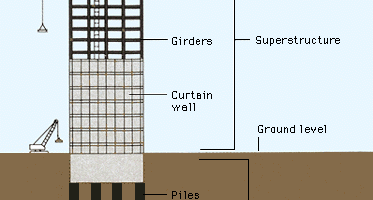
Superstructure denotes parts of the of the structure lying above the surface of the ground. Various parts of walls, roof, doors, and windows, flooring, constitute the superstructure. The parts of the structure lying on the grounds and
Difference between substructure and superstructure building
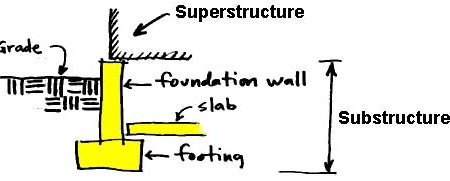
Substructure building Superstructure building Elements of a structure below the damp proof course (DPC), including the ground floor and foundations, are known as the “Substructure”. All the internal and external elements of a building above the substructure
What is building line and control line
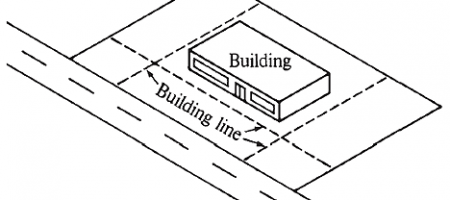
Building line Building line refers to the front line up to which the building can lawfully extend. it is also called as set- back or font building line. a minimum distance of this building line from the
What is the necessity of building bye laws

Building bye-laws consist of certain rules and regulation framed by a municipal or town planning or urban development board to control the development of area under its jurisdiction. The aim of framing the bye-laws is to ensure
What is meant by building bye laws
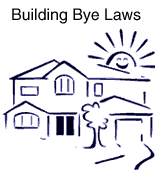
Building bye-laws consist of certain rules and regulations formed by a municipal or town planning area under its jurisdictions. The aim of framing the bye-laws is to ensure the provision of reasonable minimum requirement and standard (based
Orientation of building

The orientation of the building is the term used to define the setting or fixing the direction of the layout plan of building respect to the direction of north. The orientation of building refers to the direction
What are the types of building
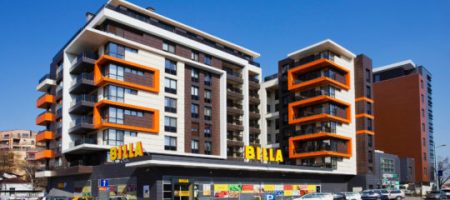
There are buildings are classified into nine groups based as follows: Group A: Residential buildings Group B: Education buildings Group C: Institutional buildings Group D: Assembly buildings Group E: Business buildings Group F: Mercantile buildings Group G: